Once a year the Old Town Sidewalk Astronomers pack tents and telescopes and caravan to Black Canyon Group Campground in Mojave National Preserve, an hours drive from Amboy Crater and about 3 hours from home.
Once the tents are pitched we put on a star party with assistance from the National Preserve staff, leaders of the National Park Conservation Association and the Mojave National Preserve Conservancy plus many of their friends and members. The public is invited too, and unsuspecting nearby campers were thrilled to chance upon a starshow. Best of all, once the star party is over, we get to explore the national preserve!
On this trip (April 2010) my observing project was to see a Chuckwalla, the big pot-bellied lizard living in this desert area. We searched for them last year with members of the Southwest Herpetologists Society but didn’t see any.
Sunday after the star party, when tents & telescopes were stowed back in our cars we headed off to Amboy Crater in search of wildflowers, and hopefully, our first Chuckwalla.
Amboy Crater — well worth a trip for Geology, spring wildflowers, and lizard hunting — was formed by ash and cinders, and last erupted 10,000 years ago. The lava field terrain (43 square miles of it, actually) surrounding the crater is prime Chuckwalla territory. It’s easy to reach Amboy Crater from Barstow or Twentynine Palms, and you even get to drive on old Route 66. It is well worth a journey!
Chuckwallas can reach 16 inches in length, weigh up to 2 pounds and are specially adapted for desert living. They are strictly vegetarians and store water from plants in special glands to survive the harsh desert heat. The surrounding landscape is very salty and the Chuckwalla absorbs enough salt to kill most living things. But they have salt-removing glands in their nostrils, and as salt builds up on these glands, the lizard sneezes, and this expels the crystallized salt!
We were walking towards the crater and most everyone was way ahead of me. I was lagging behind, checking every lava outcrop for my first Chuckwalla sighting.
I stopped at one especially large outcrop, and scanned the sunny ledges. There, sunning herself, was Mrs. Chuckwalla! She was flattened against the rock to prevent airborne predators from seeing her shadow. Her round midsection was prominent, leading one herpetologist to suggest she was pregnant. I called to my hiking party who all quickly returned to see her. Soon, this poor shy girl was the subject of paparazzi!
Then Mr. Chuckwalla came out to see what the fuss was about. Male Chuckwallas have more of the red color (and black heads) and females are more tan/yellowish brown. They are majestic large lizards, and adapt their coloring to the rocks they inhabit. They’re not really fast, and need some sunshine to warm up in the morning. So, when danger approaches, they scoot into rocky crevices, puff up by gulping air, and wedge themselves into the cracks in the rock. This makes them difficult for predators to reach.
We also observed dozens of spring wildflowers on this hike and our earlier hike to Teutonia Peak, which I didn’t even write about here. Have a look at these images of our wonderful adventure, and put a Mojave spring wildflower/Chuckwalla play-date on your calendar. This is also a prime Desert Tortoise sighting location, but it was a bit windy on this weekend, and the tortoises were in their burrows.
Mojo’s amazing panoramas and additional images from both hikes are worth a look and will encourage you to put this park on your to-visit list. You will not be disappointed!
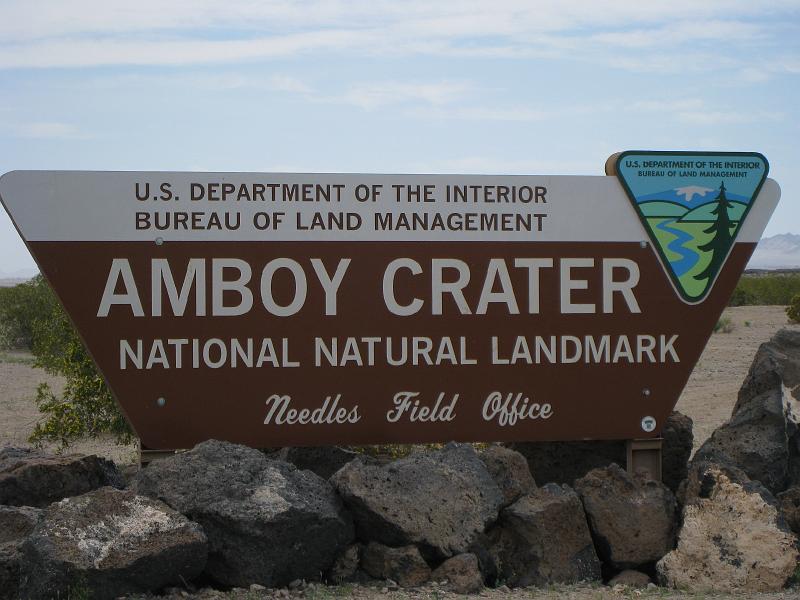
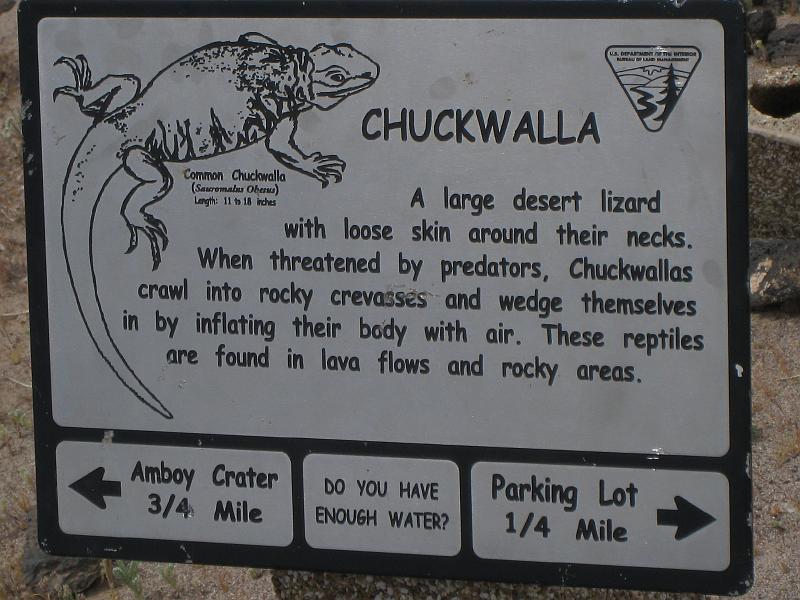
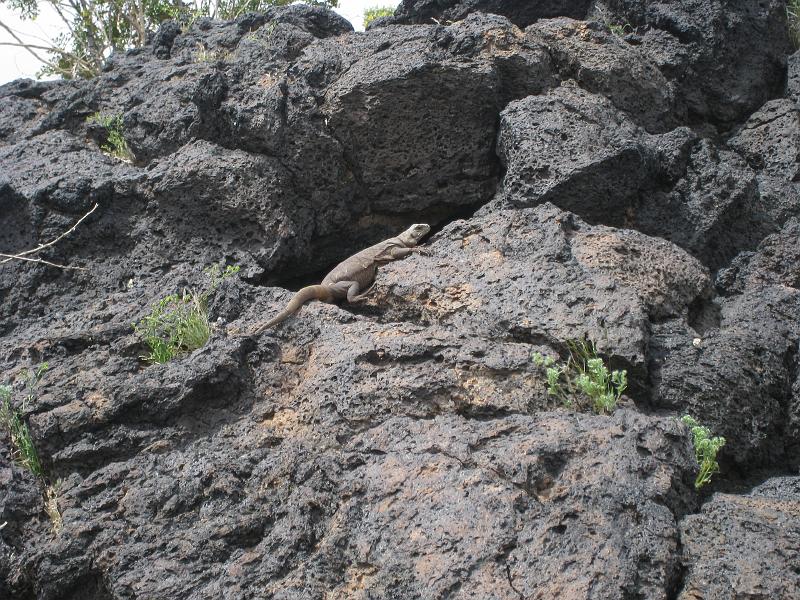
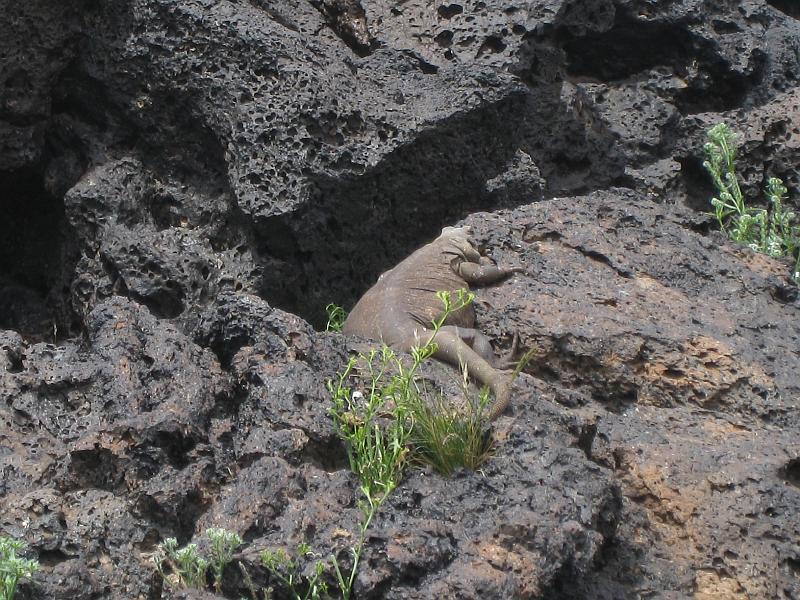
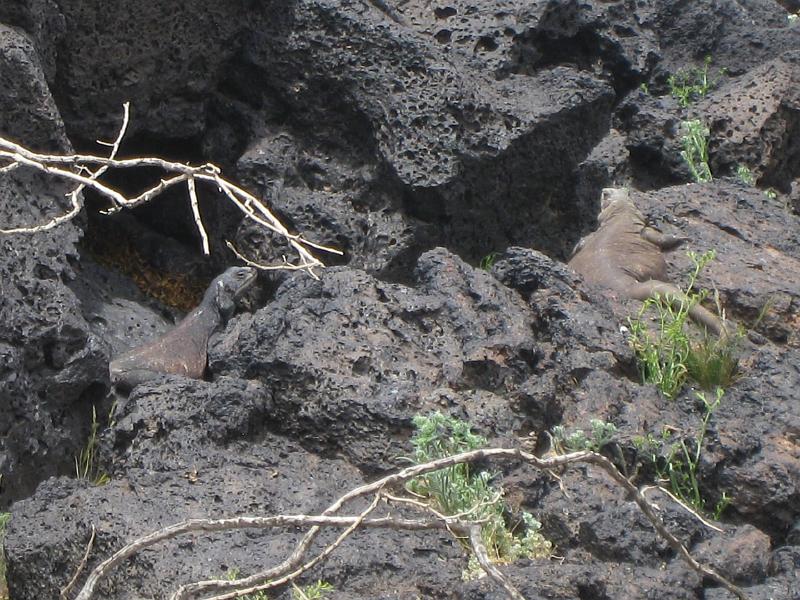
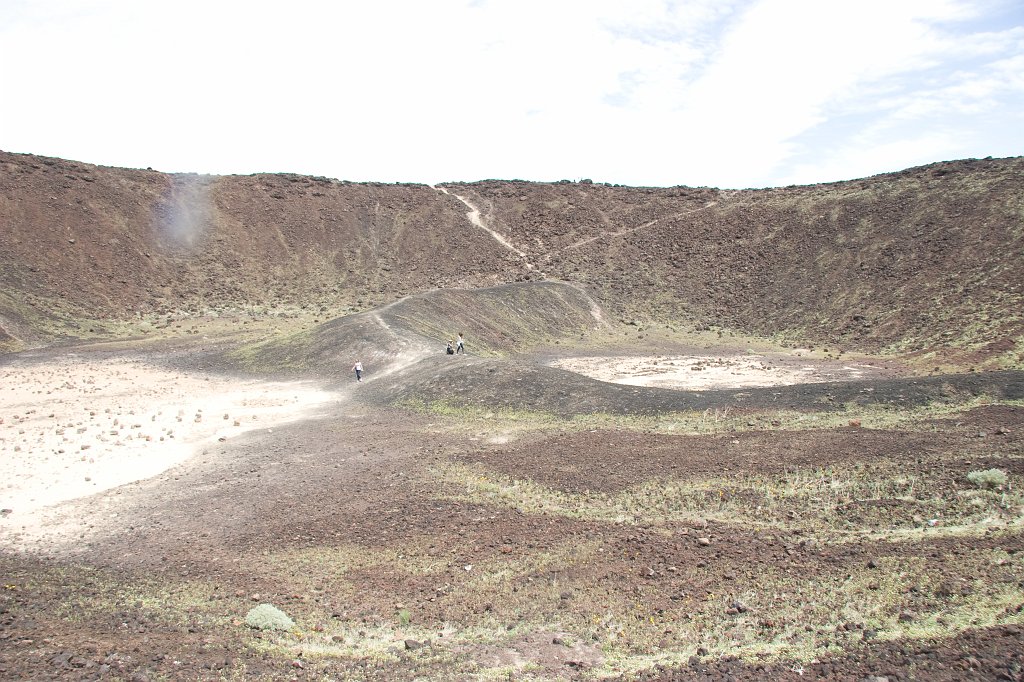
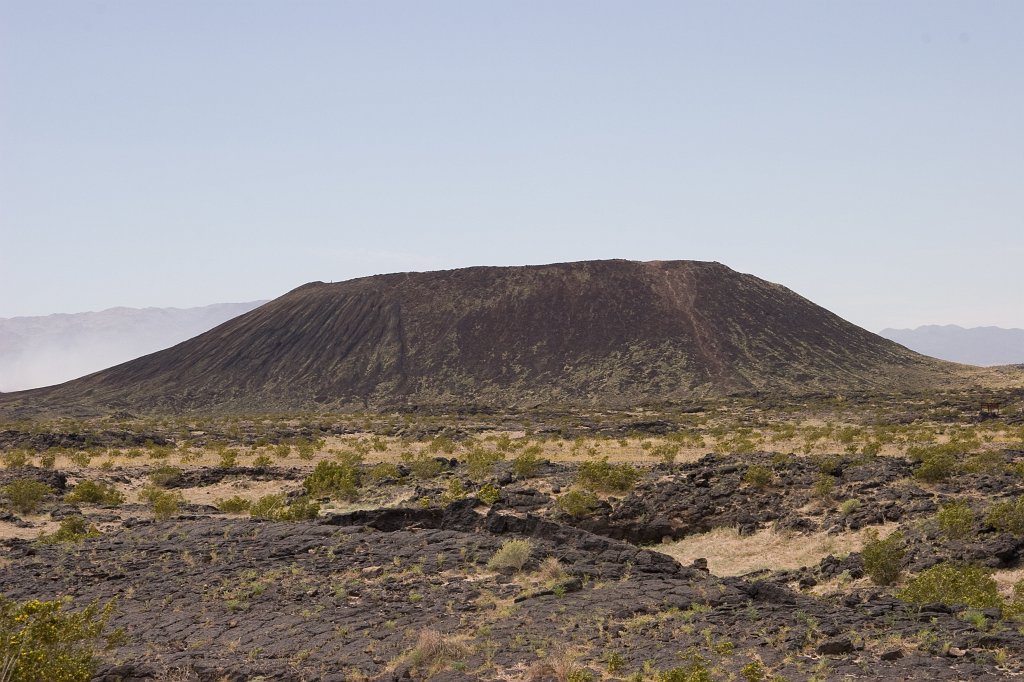
[...] Early morning hikes – the Chuckwallas of Amboy Crater [...]